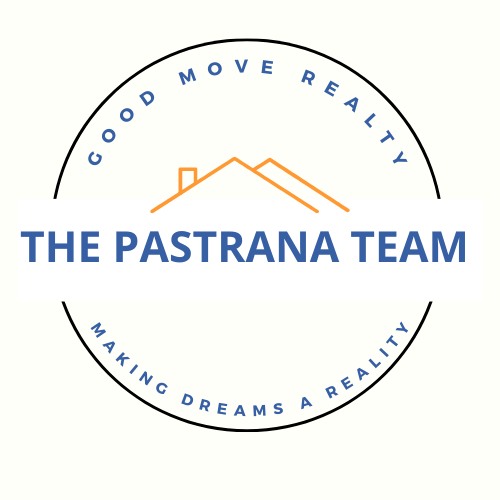We all get complacent when it comes to safety factors in our homes, so let’s make 2018 the year we look at our sanctuaries with an eye toward making them safer.
We’ve compiled some tips on how to prevent the three most common types of home injuries.
Falls
Falls are the most common accidents that occur in the home and can cause serious injury or death. The risk increases when it comes to the very young and the elderly.
Reduce the risk of falls with these tips:
- Use anti-slip trips on stairs
- Install non-slip mats in the bathtub and shower
- Older Americans should consider installing a grab-bar in the bathtub or shower.
- Protect young children from falls by using hardware-mounted safety gates to keep them off stairs.
- Tape or tack throw rugs to the floor.
- The experts at WebMD suggest installing “window guards with quick-release mechanisms (in case of fire) on upper floor windows.”
- Examine each room in the home for potential fall hazards. Look for floorboards that stick up, cords that may present a tripping hazard and loose stairway handrails.
- Increase lighting in dark areas and place nightlights in hallways, bedrooms, bathrooms and on stairways.
- Wipe up spills on slippery surfaces immediately.
Poisoning
The second largest cause of deadly accidents in the home is poisoning. In fact, according to USNews.com, it is the leading cause of home injury deaths for the middle-aged and young adults.
And, the leading causes of home poisonings include the unsafe storage of medications and the inadvertent and improper mixing of drugs.
“It’s kind of the Heath Ledger scenario, where people are perhaps on a prescription drug, or maybe more than one, and then they get a cold and they take a decongestant, and then maybe they add a drink to that,” the Home Safety Council’s Meri-K Appy tells USNews.com’s Luke Mullins.
Actor Heath Ledger, who suffered from insomnia and the common cold, died of combined drug intoxication.
Reduce the risk of poisoning in the home by:
- Calling the Poison Help Hotline at 800-222-1222, before taking more than one prescription or over-the- counter remedy, or mixing prescription and OTC drugs. The hotline is staffed at all times and they can council you about specific combinations of medicines.
- Placing the Poison Help Hotline number next to the telephone to use in emergencies.
- Keeping all drugs out of the reach of children.
- Storing toxic household products where children and pets can’t reach them.
- Understanding that the fumes of certain household products may be lethal if combined (such as bleach and ammonia).
- Not storing toxic materials in food containers.
- Watching your child even more closely when you are away from home, especially at a grandparent’s home where medicines are often left within a child’s reach.
Burns
When was the last time you checked the temperature on your water heater?
Since more than half of household burn and scald injuries occur in the bath, set your water heater to the temperature the water heater manufacturer recommends, or to 120 degrees Fahrenheit.
If you have small children, who are able to play with the faucets, consider installing anti-scald devices to faucets.
Here are some additional tips to prevent burns and scalds in the home:
- Never leave anything that contains hot liquid or food where a child can reach it.
- Turn all pot handles toward the back of the stove while cooking.
- Unplug all heated appliances when not using them. These include steam irons, space heaters and curling irons.
- Extinguish candles before leaving a room, the home or before going to sleep.
- Smoke alarms and fire extinguishers save lives.
You’ll find additional tips for parents of small children at Parents.com and for older Americans at aarp.org.





